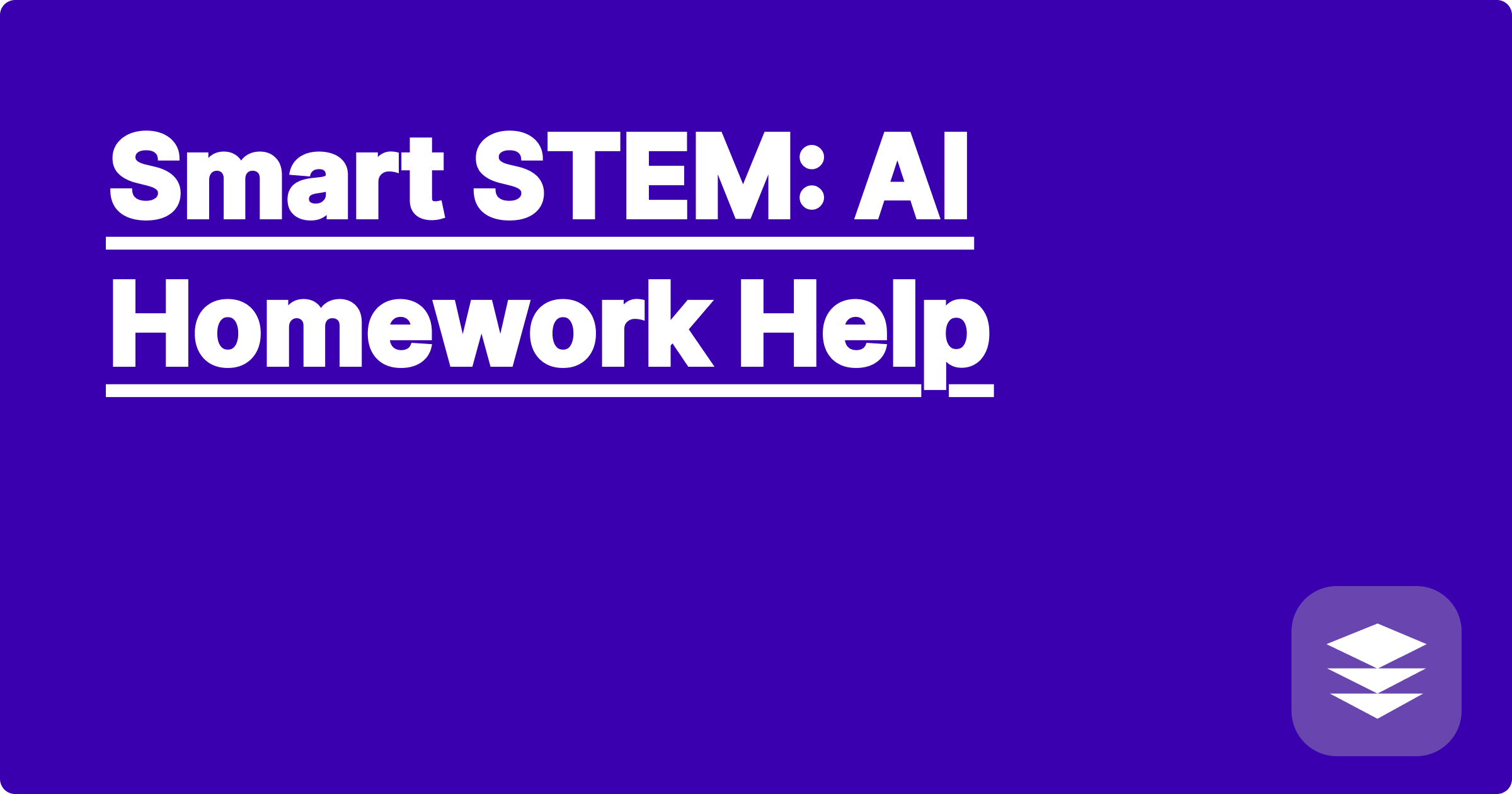
The demanding world of STEM education and research often presents complex challenges that can leave students and researchers feeling overwhelmed. Balancing coursework, research projects, and personal commitments requires efficient time management and effective problem-solving strategies. Artificial intelligence (AI) offers a powerful set of tools to address these challenges, providing support and assistance in navigating the complexities of STEM fields. AI can help streamline workflows, enhance understanding, and ultimately contribute to academic success.
For STEM students and researchers, leveraging AI effectively can be a game-changer. These tools can assist with everything from understanding complex concepts and generating code to writing reports and conducting literature reviews. By integrating AI into their workflows, STEM practitioners can free up valuable time and mental energy, allowing them to focus on deeper learning, critical thinking, and innovative research. This shift towards AI-assisted learning and research represents a significant advancement in how STEM fields operate, paving the way for more efficient and impactful discoveries.
STEM fields often involve grappling with intricate concepts, complex calculations, and extensive datasets. Students and researchers frequently encounter roadblocks in understanding theoretical frameworks, applying formulas, or interpreting experimental results. These challenges can be exacerbated by the sheer volume of information to process and the pressure to meet deadlines. Furthermore, the rapidly evolving nature of STEM fields requires continuous learning and adaptation, adding another layer of complexity to the learning process. Traditional learning methods may not always be sufficient to address these multifaceted challenges, necessitating the exploration of innovative tools and approaches. Successfully navigating the STEM landscape demands not only strong foundational knowledge but also the ability to effectively utilize available resources and technologies.
AI-powered tools like ChatGPT, Claude, and Wolfram Alpha offer a promising approach to tackling the challenges inherent in STEM fields. ChatGPT and Claude can be utilized for generating explanations of complex concepts, brainstorming research ideas, and even drafting sections of reports or papers. These large language models can be prompted with specific questions or requests, providing tailored responses that cater to the user's needs. Wolfram Alpha, on the other hand, excels at performing complex calculations, solving equations, and providing detailed information on a vast range of scientific topics. By combining the strengths of these different AI tools, STEM students and researchers can create a powerful support system to enhance their learning and research processes. This integrated approach allows for a more comprehensive and efficient way to address the diverse challenges encountered in STEM disciplines.
Let's consider a scenario where a student needs to understand the concept of eigenvalues and eigenvectors. They can start by prompting ChatGPT with a question like, "Explain eigenvalues and eigenvectors in simple terms with an example." This will generate a clear explanation and a practical example to illustrate the concept. Next, they can use Wolfram Alpha to explore specific matrices and calculate their eigenvalues and eigenvectors. They can input a matrix into Wolfram Alpha and it will automatically compute the corresponding eigenvalues and eigenvectors, providing a concrete visualization of the concept. Finally, they can return to ChatGPT or Claude to ask more specific questions about the application of eigenvalues and eigenvectors in their particular field of study, further solidifying their understanding. This iterative process of using different AI tools allows for a deeper and more nuanced understanding of complex STEM concepts.
Consider the task of deriving the quadratic formula. A student could prompt ChatGPT with the request, "Show me the derivation of the quadratic formula." ChatGPT will then provide a step-by-step derivation, explaining the algebraic manipulations involved. To further explore the concept, the student can use Wolfram Alpha to solve various quadratic equations, visualizing the solutions graphically and exploring the relationship between the coefficients and the roots. Another example is writing code for a specific algorithm. A student can ask ChatGPT to generate a Python implementation of a sorting algorithm like quicksort. They can then refine the code and test its efficiency using different datasets. These practical applications demonstrate the versatility of AI tools in assisting with a wide range of STEM tasks.
Effectively integrating AI into STEM education and research requires careful consideration and strategic planning. It's crucial to remember that AI tools are meant to be supplements, not replacements, for critical thinking and independent learning. Students and researchers should use AI to enhance their understanding, not to bypass the learning process altogether. Always verify the information provided by AI tools using reliable sources and textbooks. Develop a critical mindset when evaluating AI-generated output, questioning its accuracy and validity. Furthermore, learn how to craft effective prompts to elicit the most relevant and helpful responses from AI tools. Experiment with different phrasing and approaches to refine your prompting skills. By following these strategies, students and researchers can maximize the benefits of AI while maintaining academic integrity and fostering genuine learning.
To move forward, embrace AI as a valuable tool in your STEM journey. Begin by exploring the different AI tools available and experimenting with their functionalities. Identify the specific areas where AI can best support your learning and research goals. Integrate AI tools into your workflow gradually, starting with smaller tasks and progressively increasing their usage as you become more comfortable. Continuously evaluate the effectiveness of your AI-assisted strategies and adjust your approach as needed. The future of STEM learning and research is intertwined with the advancements in AI. By embracing these powerful tools responsibly and strategically, you can unlock new levels of efficiency, understanding, and innovation in your STEM endeavors.
STEM Research: AI Acceleration